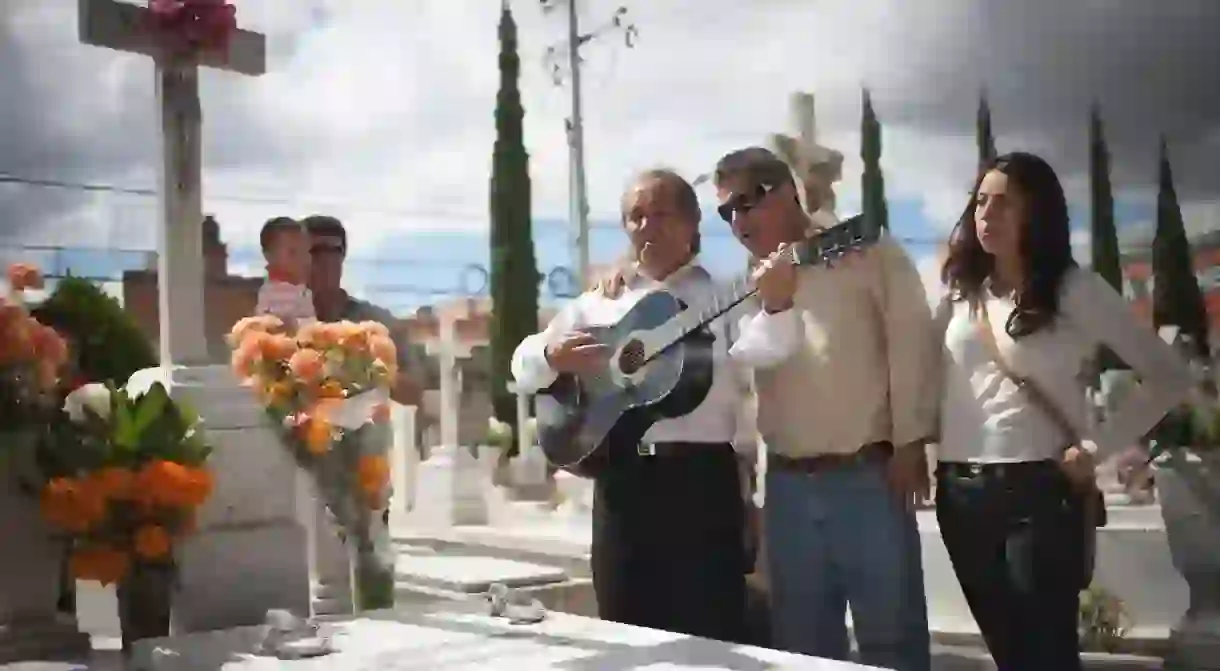Mexicans Want You to Know Their Day of the Dead Is Not Halloween

Despite being held around the same time of year, Day of the Dead – or Dia de Muertos in Spanish – is not the same holiday as Halloween. Hundreds of years ago this festival was already being celebrated in Mexico, dedicated to the goddess Mictecacihuatl, the “Lady of the Dead,” who ruled over the underworld. The official days of this special, three-day festival have migrated to the end of October/beginning of November, but the Aztecs originally celebrated the holiday in summer.

While the secular holiday that is now Halloween is mostly about ghosts and goblins, its origins are the Christian All Saints Day, a day to commune with the dearly departed. The Christian missionaries that came to Mexico with the colonizers are the reason the dates for Dia de Muertos slowly shifted to the end of October to coincide with that same holiday.
Dia de Muertos, is actually three days of celebration, with preparations and altars to dead set up on October 31, a special day to honor departed children on November 1, and November 2 reserved for honoring adults that have passed away. Many bigger or internationally-influenced cities in Mexico have also adopted the tradition of kids trick-or-treating, a direct result of the close relationship between Mexico and its northern neighbor, the United States.

But while Halloween is about playing tricks, bobbing for apples and dressing up in customes, Day of the Dead is a family-oriented holiday. Families create elaborate altars either in their homes or at the gravesites of the loved ones and prepare offerings to the deceased of their favorite foods, candies, candles, even sometimes blankets and pillows so the dead that come to visit from the underworld will have a place to rest after their long journey.
Like most Mexican holidays, one of Day of the Dead’s most important elements is food. Special sweet bread (called pan de muerto), candied fruit like pumpkin and figs, favorite family dishes and often tequila or mezcal are served on altars of loved ones and around the table.

Today you will find outdoor altar displays on more than just gravestones. Local businesses or influential families will often create elaborate altars in town squares or public parks. These are set up any time from mid-October to the last week of the month. In Mexico City, the famous Day of the Dead market takes place outside of the Mercado Jamaica (the city’s flower market) from October 16 to November 4, with hundreds of stands offering altar-makers anything they could possibly want – from sugar skulls to papel picado flags to fresh made pan de muerto.
If you come to Mexico during this time looking for the famous Dia de Muertos parade from the latest James Bond movie or a night of rabble-rousing and trick-or-treating, you may be disappointed. But if you come looking to commune with the dead and experience one of Mexico’s most colorful and delicious holidays, you just might find what you’re looking for.














